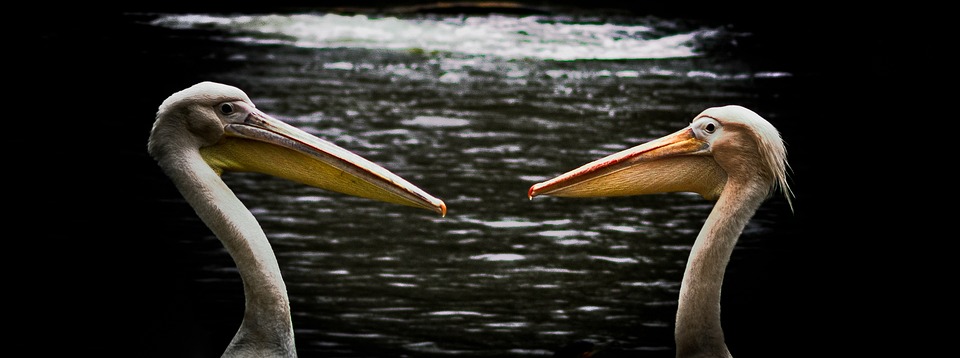Adapting to new surroundings is a fundamental aspect of life for all living creatures, including fish. Understanding how fish behavior changes in unfamiliar environments is not only important for fish enthusiasts but also for researchers studying these fascinating aquatic creatures. In this article, we will delve into the world of fish behavior in unfamiliar environments, shedding light on their ability to adapt and survive. We will also address some frequently asked questions to provide a comprehensive understanding of this topic.
When fish enter an unfamiliar environment, they go through a series of behavioral changes. Initially, they exhibit exploration and scanning behavior, driven by curiosity to understand their new surroundings. Increased vigilance is also observed, as fish become more cautious and alert to potential threats in order to ensure their survival. Additionally, fish tend to reduce their activity levels, adopting a more reserved and cautious approach until they feel more comfortable in their new environment.
Social dynamics play a crucial role in fish behavior in unfamiliar environments. When encountering new fish or species, a struggle for dominance often occurs as they establish a hierarchy within their group. This dominance hierarchy helps maintain order and social structure. Group cohesion and shoaling behavior, where fish swim closely together in a coordinated manner, provide safety in numbers and protect against potential predators. Interactions between different species can result in coexistence or competition, depending on resource availability and behavioral compatibility.
Feeding behavior is another aspect that changes when fish are introduced to unfamiliar environments. They engage in exploratory feeding, testing the waters and trying out new food sources. Fish also learn from others by copying successful feeding behaviors, a process known as social learning. Furthermore, fish demonstrate their adaptability by adjusting to new diets and utilizing available food resources in their environment.
Habitat utilization is an important aspect of fish behavior in unfamiliar environments. Fish seek out hiding spots and utilize them as a means of comfort and protection. They may also exhibit migration and movement patterns in order to find familiarity and establish a sense of security. Territorial behavior is also observed, as fish stake claims in new territories to establish their own space and protect their resources.
Environmental cues play a significant role in fish behavior in unfamiliar environments. Light and temperature variations influence fish behavior and activity levels. Fish perceive sound differently in new environments, listening to new rhythms and adjusting their behavior accordingly. Chemical signals are also important for communication between fish, even in unfamiliar surroundings.
Now, let’s address some frequently asked questions about fish behavior in unfamiliar environments.
1. How long does it typically take for fish to adapt to a new environment? The time it takes for fish to adapt varies depending on the species and specific circumstances. Some fish may acclimate within a few days, while others may take weeks or even months. Patience and careful monitoring are essential during this period.
2. Can fish be stressed when introduced to an unfamiliar environment? Yes, the process of adapting to a new environment can cause stress in fish. It is crucial to provide a suitable habitat, minimize disruptions, and maintain water quality to reduce stress levels. Gradual acclimation and familiarizing fish with their surroundings can also help alleviate stress.
3. How can I help my fish adapt to a new aquarium? To help your fish adapt to a new aquarium, recreate a familiar environment as much as possible. This includes replicating water conditions, providing appropriate hiding places, and introducing tank mates gradually. Additionally, maintaining a consistent feeding schedule and monitoring behavior closely can aid in the adaptation process.
4. Will fish display different behaviors when introduced to a new environment versus their natural habitat? Yes, fish may exhibit different behaviors when introduced to a new environment compared to their natural habitat. The unfamiliar surroundings, altered social dynamics, and availability of different food sources can all contribute to behavioral changes. However, some innate behaviors may remain consistent, showcasing the adaptability and resilience of fish.
In conclusion, understanding how fish behavior adapts to new surroundings provides valuable insights into their ability to survive and thrive. From exploring new territories to establishing social hierarchies and navigating unfamiliar food sources, fish demonstrate their resourcefulness in the face of change. By comprehending the behavioral changes that occur when fish encounter new environments, we can enhance their welfare and appreciate the complexity of their underwater world.









